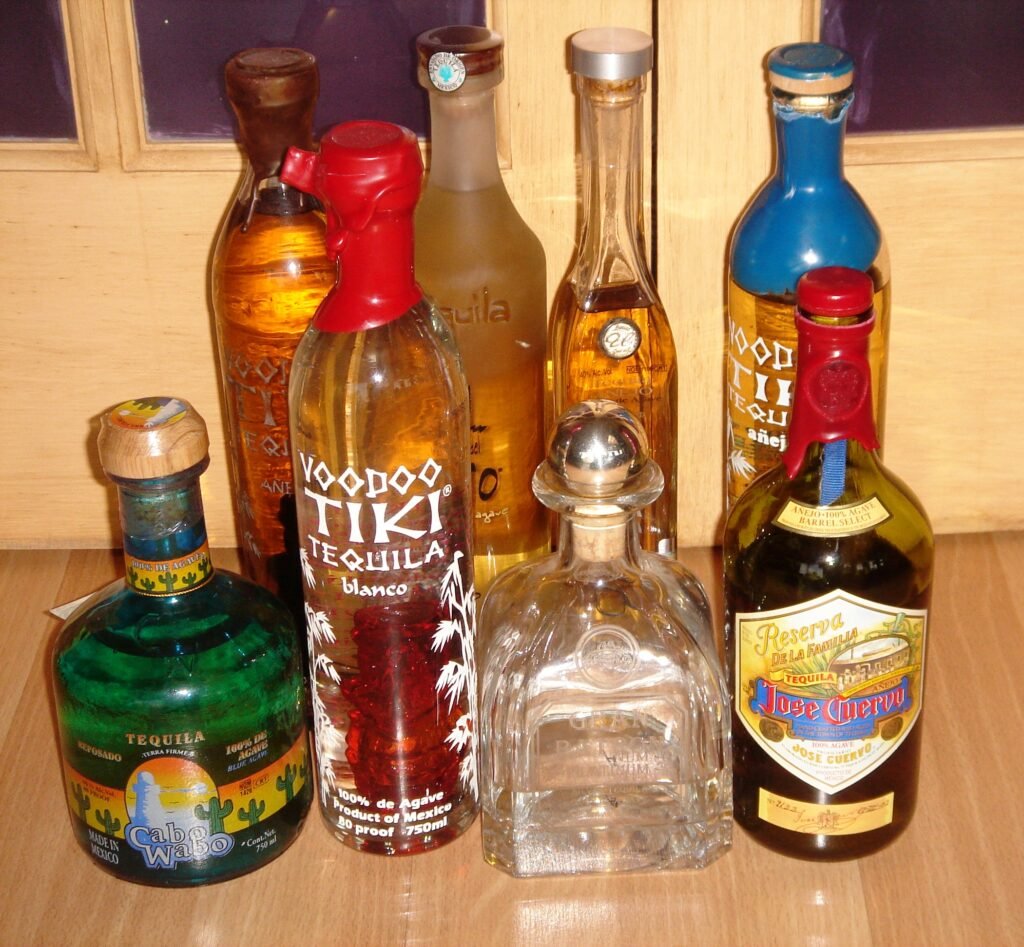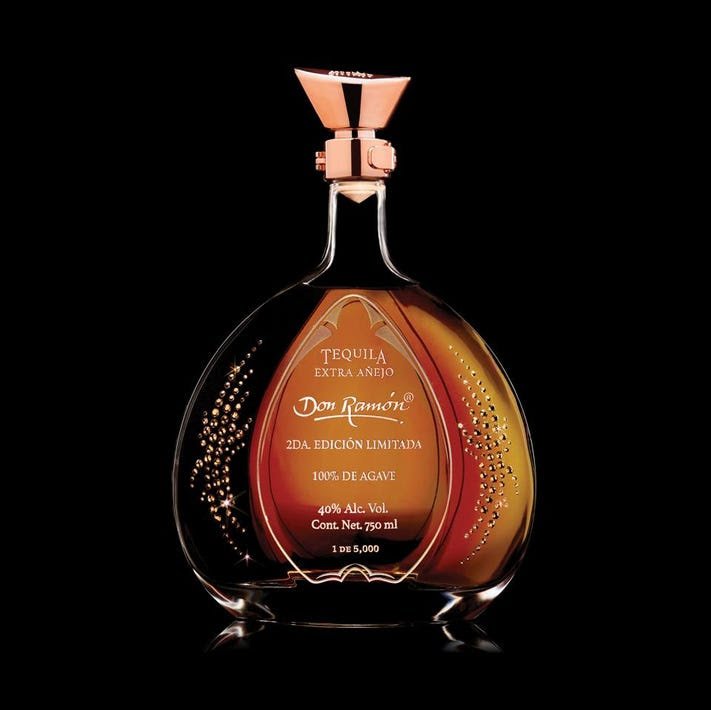“I take my problems with a grain of salt, a slice of lime and a shot of tequila.”
July 24th is a special day for beverage lovers. And if it’s not, it surely will be after you taste tequila : a distilled beverage made from blue agave plant. It’s the National Tequila Day. Thousand of tequila lovers join the celebrations of this day by enjoying shots of tequila with their favourite meal. Mexican laws state that tequila can only be produced in the state of Jalisco and limited municipalities in the states of Guanajuato, Michoacán, Nayarit, and Tamaulipas. Tequila is recognized as a Mexican designation of origin product in more than 40 countries. Tequila is mainly divided into 4 categories. But before understanding them, we better know something about the manufacturing process of tequila.
The story begins with the cultivation and harvesting of the agave plant. This tremendous task is carried out by a certain group of people called the jimadores. They grow the agave in the same way in which it was grown many-many years ago, which is quite surprising(taking into account, the modern developments in agriculture). The main interest of the jimadores lies in the piña, the succulent core of the agave plant. These piñas are baked in ovens and then mashed to extract the agave juice. The pulp fibre or bagezo left behind might be used in the fermentation tanks to strengthen the flavour of the agave plant in their drink. Meanwhile, the juice is ready to be fermented. The process of fermentation is carried out in large wooden or stainless steel vats. The result of fermentation is a wort or mosto with low alcohol content. By law, this wort has to be distilled twice in order to qualify as tequila.
And this brings me to the different countries present in the world of tequila. When you distill the wort twice, you actually get something called Blanco. It’s also called silver tequila by many, though it’s not a legal term. This tequila, unlike the other types, doesn’t undergo any aging or is aged in wooden or stainless steel barrels for a maximum of two months. Since it is not aged, it tastes bitter than the other tequilas (aging milds the alcohol content of a beverage). There is one another unofficial tequila that isn’t aged, the gold tequila. Though it isn’t aged, it does contain some qualities of oak due to certain artificial additives which also imparts a golden colour to it.
Age your Blanco for more than two weeks but less than a year and you will get a Reposado in your hand, another form of tequila. This one is generally aged in American casks that held whisky once.
“You might get more spice or sweet aromatics, so it’s really good to sip neat. But it’s also versatile in cocktails. It’s not overly aged, so it isn’t going to take away from the other flavors in a drink like an añejo can(another type of tequila). Reposado can help enhance the fresh fruits or different syrups I want to play with.”
By Walter Easterbrook (Founder of Arte Agave, a festival for agave-based spirits)
But if you desire a more expensive bottle of tequila, then you can’t stop here. Give your tequila a bit more time to age in the barrels. At least a year. And voilà! you get an añejo, yet another tequila. Do you like cognac or bourbon? If yes, then you are surely gonna love this one as well. Along with the flavours of agave, it also contains vanilla and floral aromas as well. The barrels used for aging agave are usually the ones which have already been used for aging Reposado.
What if we age it even further? Like three years? Well, some people did. The result : an extra añejo, the most expensive and most rare piece of tequila. It’s also the most recent one to be added in the list of tequilas, having been introduced in the year 2006. They may be aged in cognac, Scotch or port casks. Sometimes, even wine casks are used. This tequila has more amplified flavours and aromas than añejo.
The most expensive tequila, as mentioned before, is extra añejo. Añejo, Reposado and Blanco follow the same. The price difference is mainly due to the difference in aging period. The longer a beverage is aged, the more expensive it will be.
Other than the above types, there are two different types of tequila which are divided on the basis of percentage of agave. One is mixtos, which contains less than 51% agave along with other sugars making up the remainder. The other is 100% agave which, as a matter of fact, contains 100% agave.
Next time you come to a Mexican beach and see people going crazy for a glass of tequila, don’t get surprised. Remember they have set an entire day to celebrate their favourite drink






